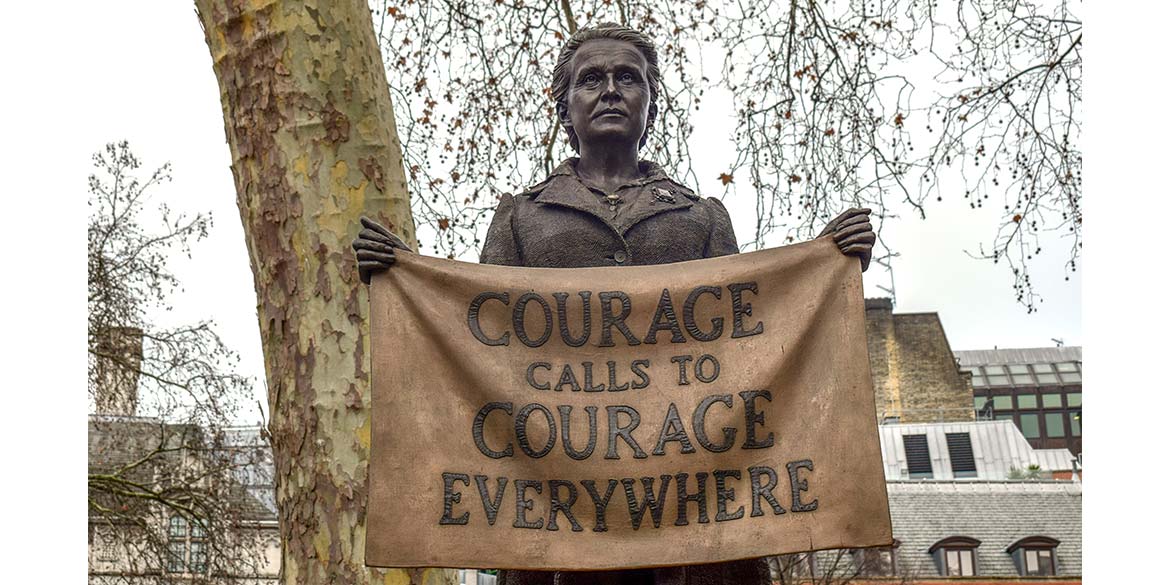London’s beautiful squares, created by the great architects of the capital, were the inspiration which shaped the ethos of London Square when the company was established in 2010. As well as providing focal points to neighbourhoods, a number of these squares have played an important role in the history of women’s rights and attracted notable women through the ages.
The most famous London square of all is at the heart of the seat of power – Parliament Square. The life of leading suffragist Millicent Fawcett, who campaigned using non-violent protest for votes for women and women’s rights in the early 20th century and is seen as one of the most influential feminist of the past 100 years, is marked with a statue, which was unveiled two years ago as part of the centenary celebrations of the 1918 Representation of the People Act – which gave some women over the age of 30 the vote. Parliament Square itself was the scene of protests by leading suffragettes in the battle to win votes for women.
In Kensington Square, 52 years before women were given the vote for the first time, Liberal politician John Stuart Mill, who lived in the square, and his home was at the heart of the early suffragist movement. He first tabled an amendment in parliament which, if passed, would have provided for the enfranchisement of women. That was in 1866 and was the foundations for the campaign for votes for women.
In St James’ Square, a grand leafy square near Piccadilly, was the home of Lady Astor, the first female MP to take her seat in 1919 and who served until 1945. Among the causes, she supported included campaigning for the development and expansion of nursery schools.
Bloomsbury has a strong intellectual and feminist lineage and its beautiful squares have many connections with notable women. One of the most famous literary figures is Virginia Woolf, whose love of life in squares in immortalised in the number of blue plaques commemorating her life. They are to be found in Fitzroy Square, Brunswick Square, Tavistock Square and Gordon Square. While living in Tavistock Square she wrote Mrs Dalloway and To The Lighthouse. In Gordon Square, she gathered fellow writers and artists, which gave rise to the intellectual movement, the Bloomsbury Group.
Campaigning women were also a driving force behind the creation of many green spaces in the capital. Politician Ada Salter, who became the first woman councillor in Bermondsey in 1909 and one of the first in London, was president of the Women's Labour League and of the National Gardens Guild, believed that the cultivation of flora was a civic duty. Her work focused on Bermondsey, where her “Beautification Committee” created green oases, in what was a heavily industrialised part of London, that live on today.
The capital’s squares are celebrated by the names chosen for house types created by London Square – the Belgrave, the Edwardes, the Fitzroy, the Eccleston, among others, and the company continues to strive to reflect the sense of legacy and community created over the centuries by these prized green pockets, fringed by homes where people really want to live.


